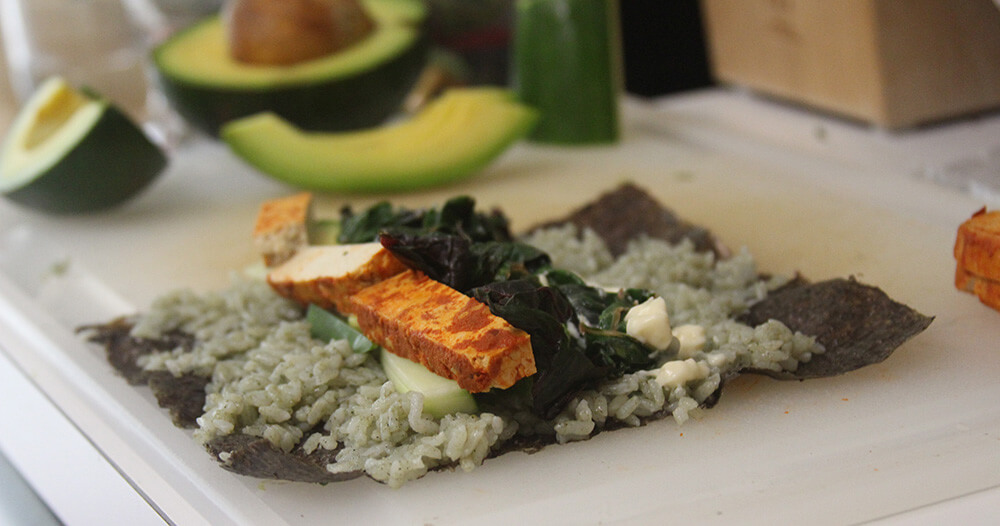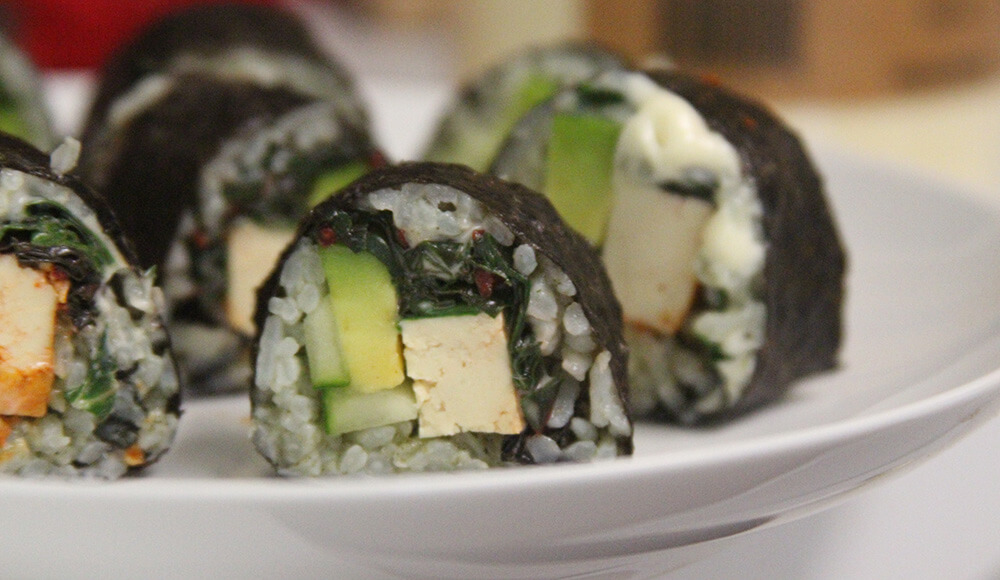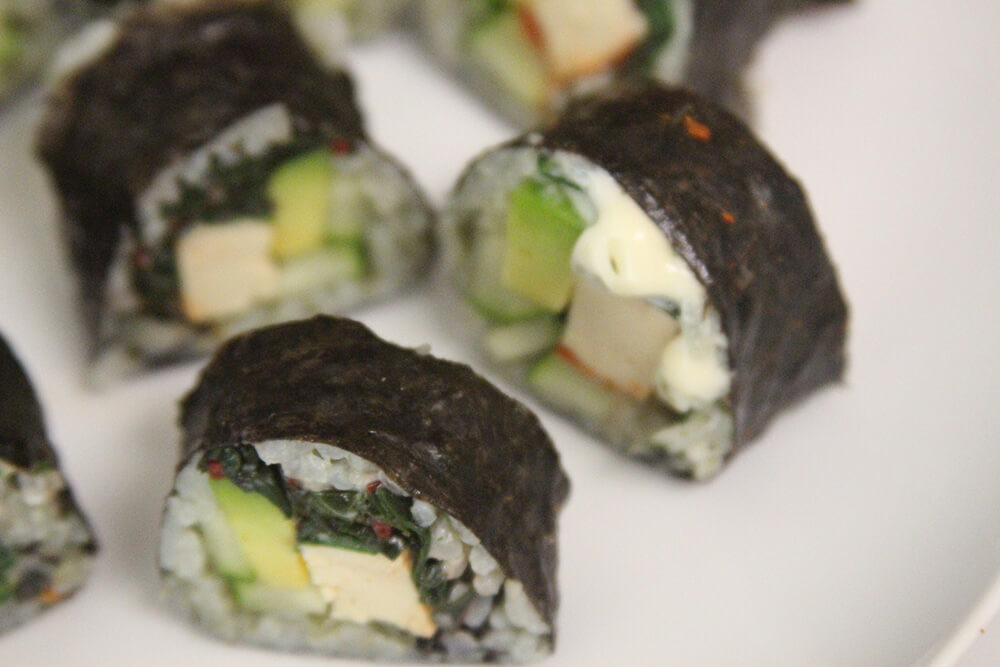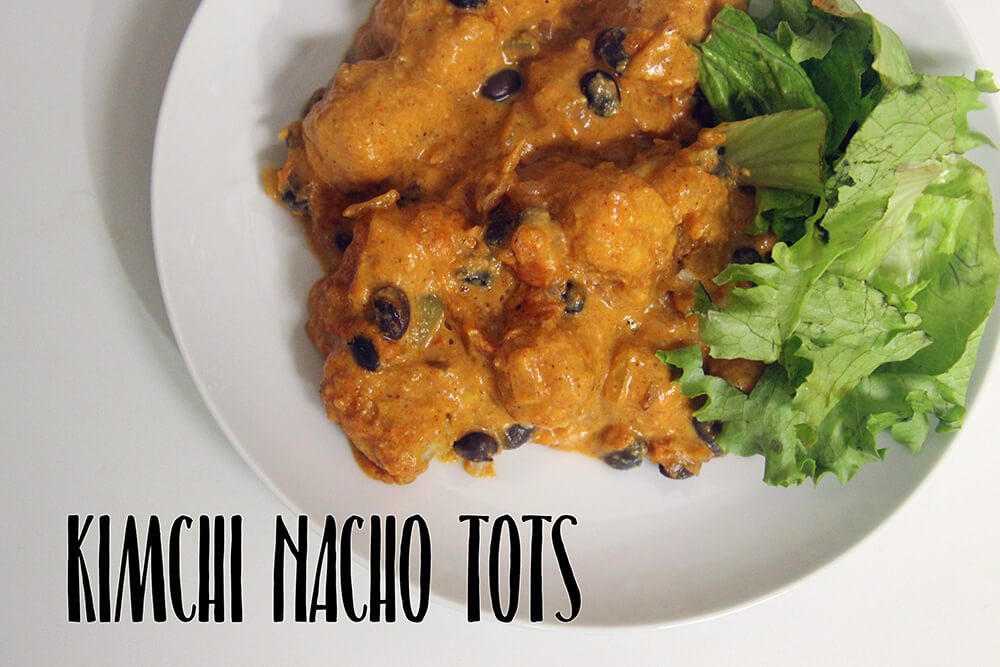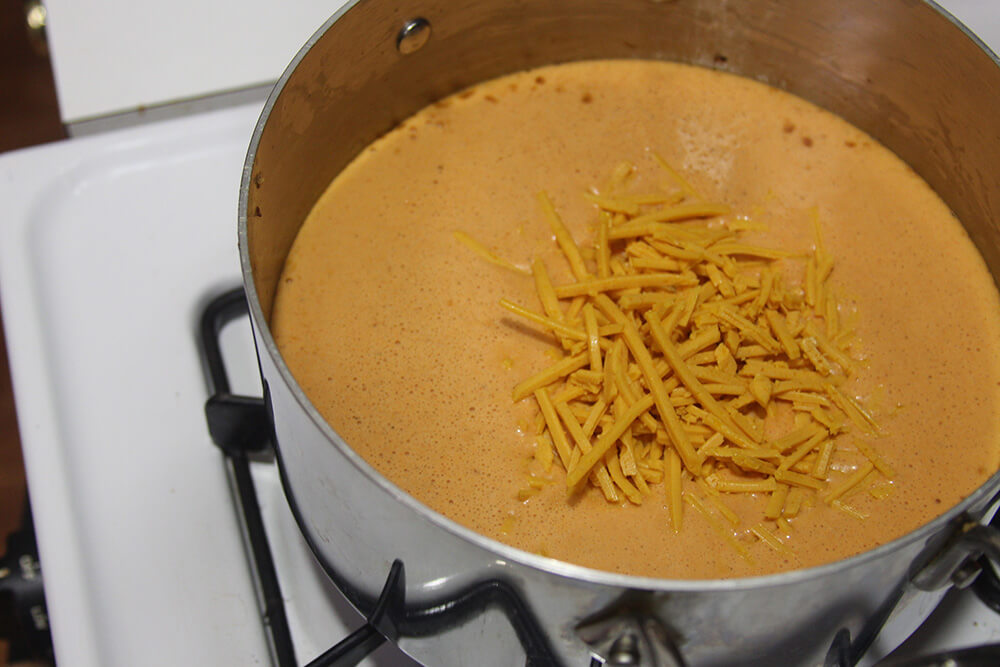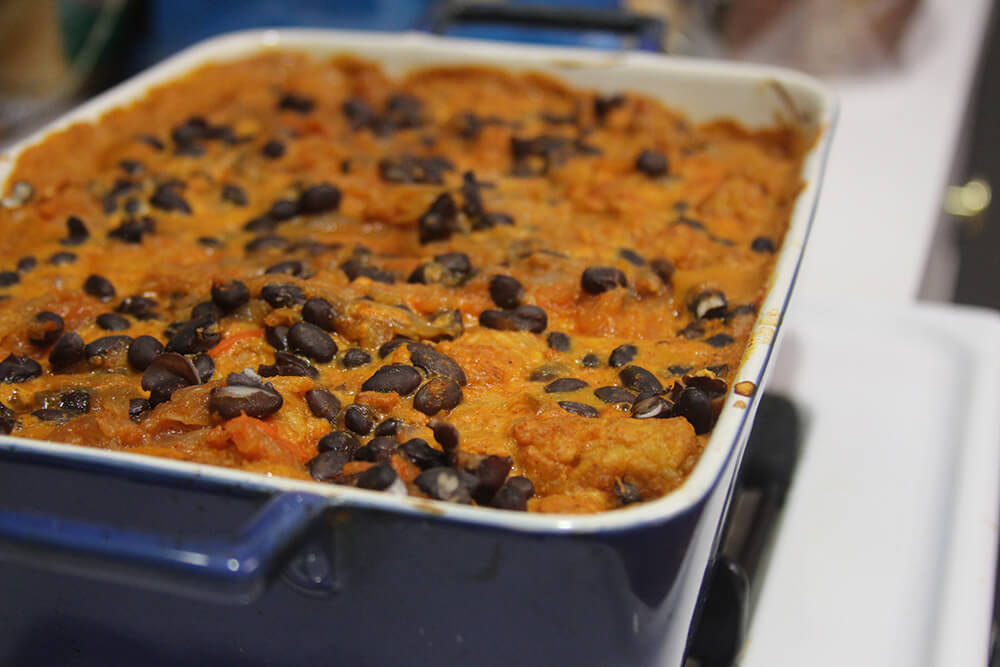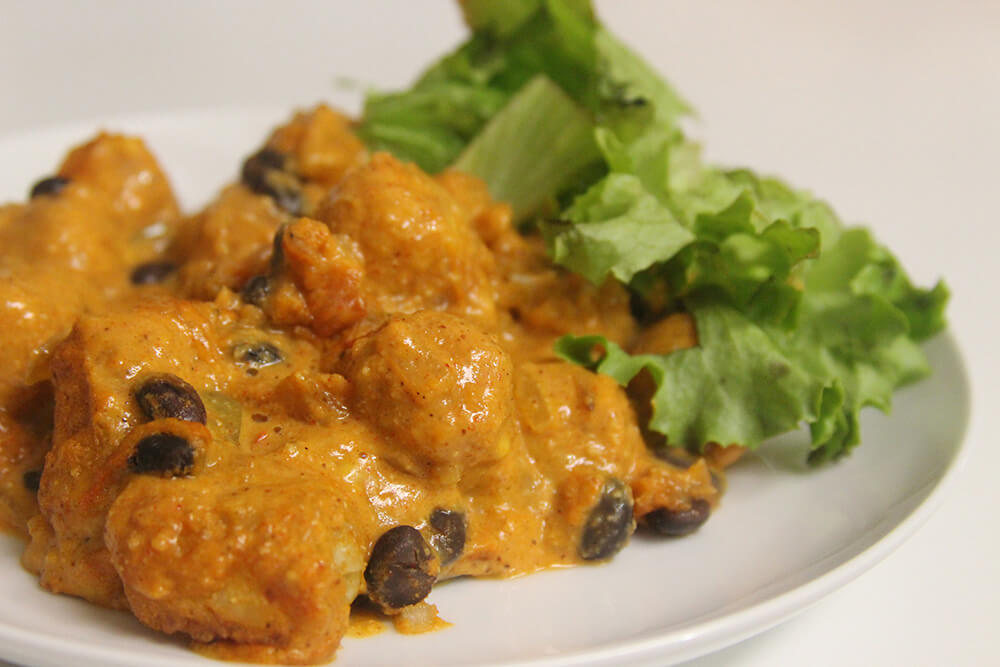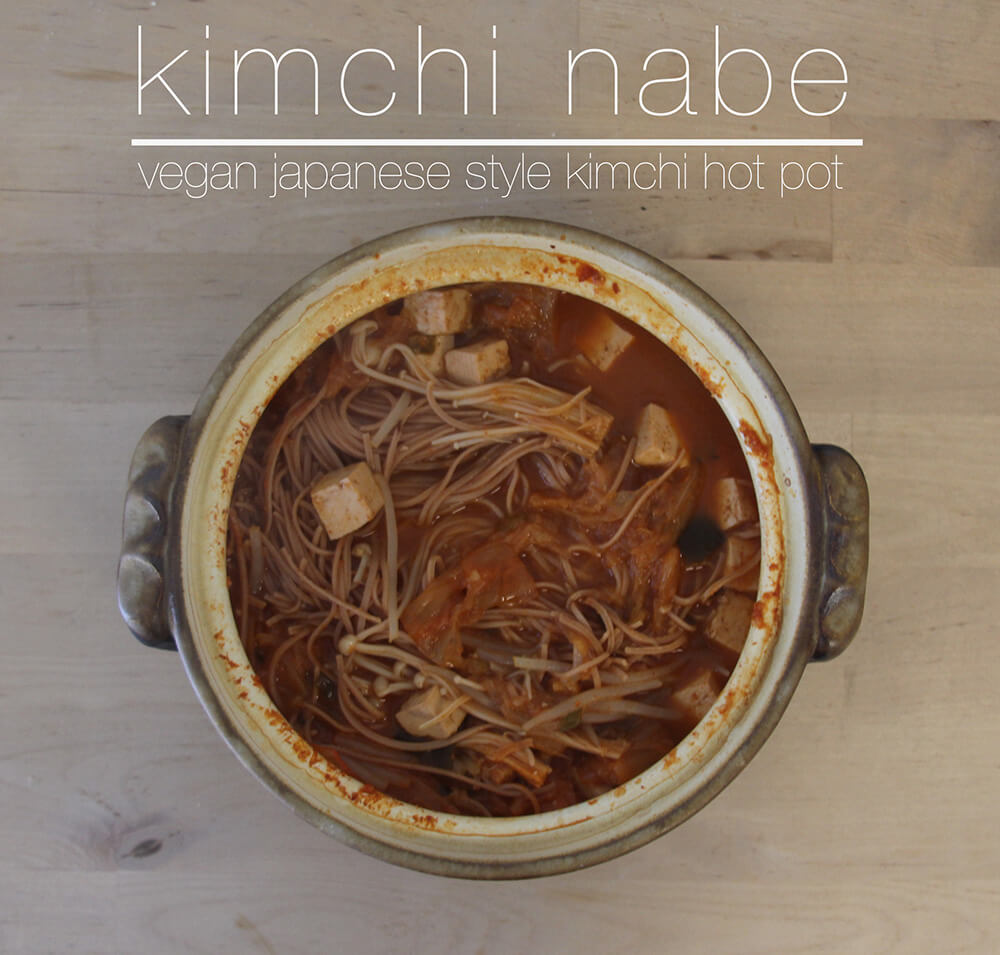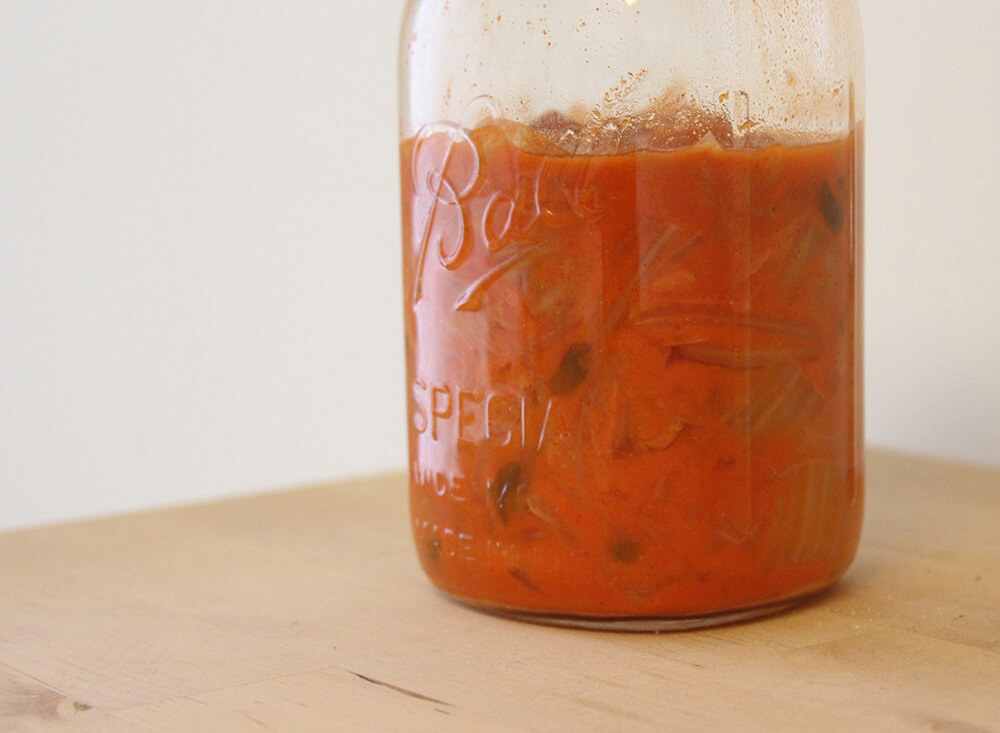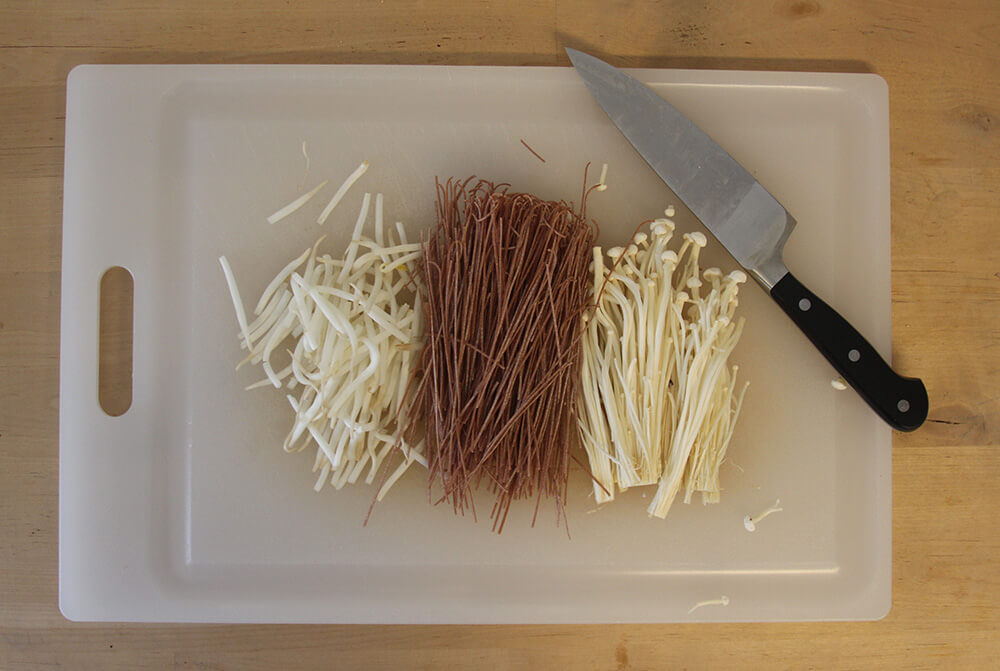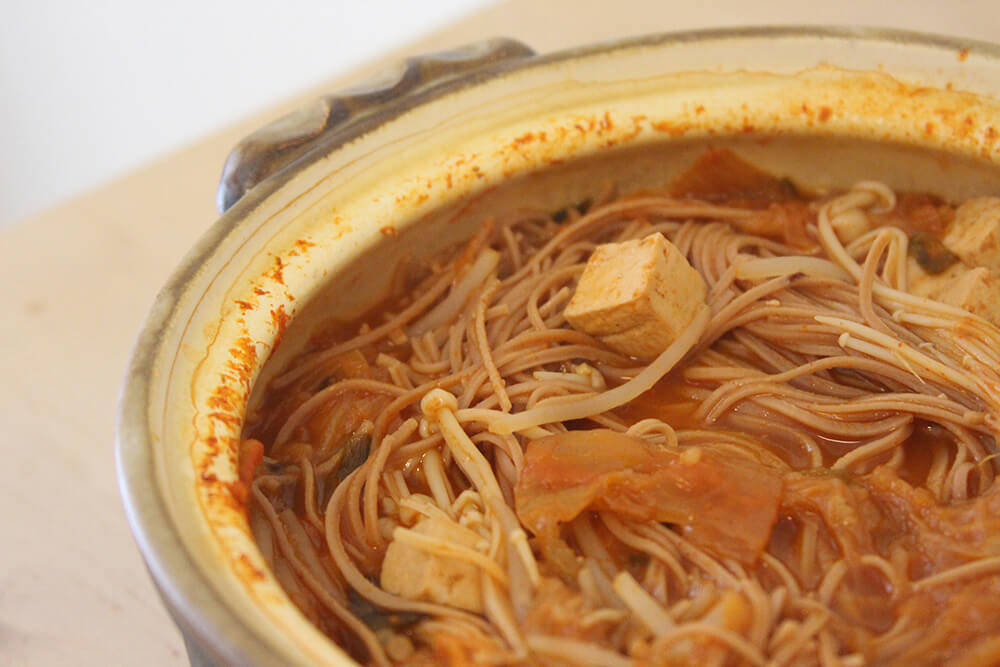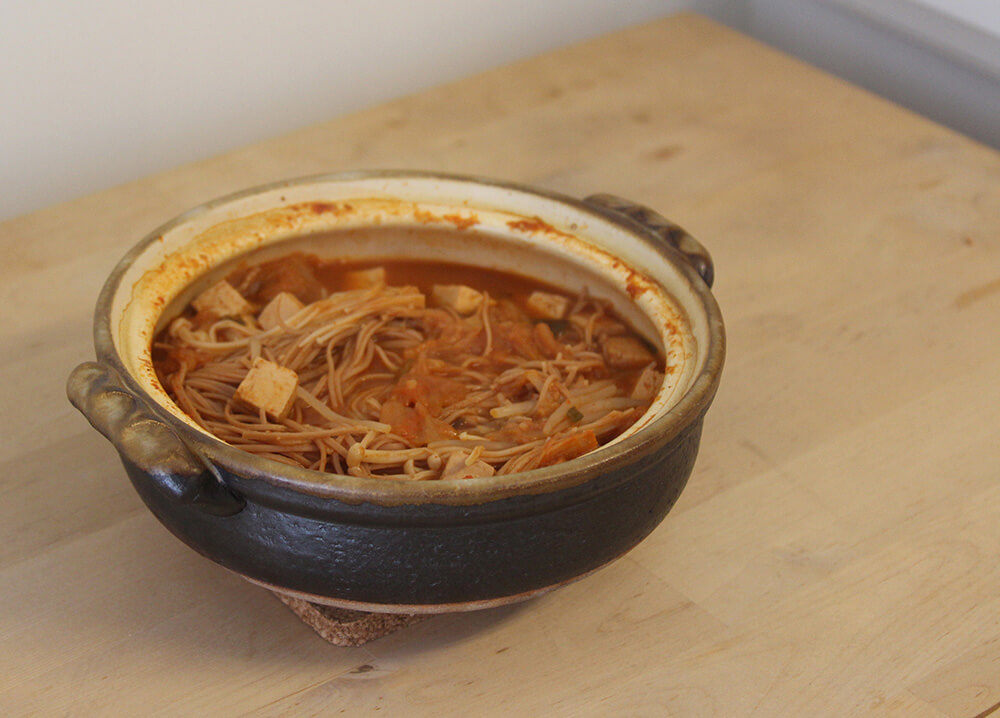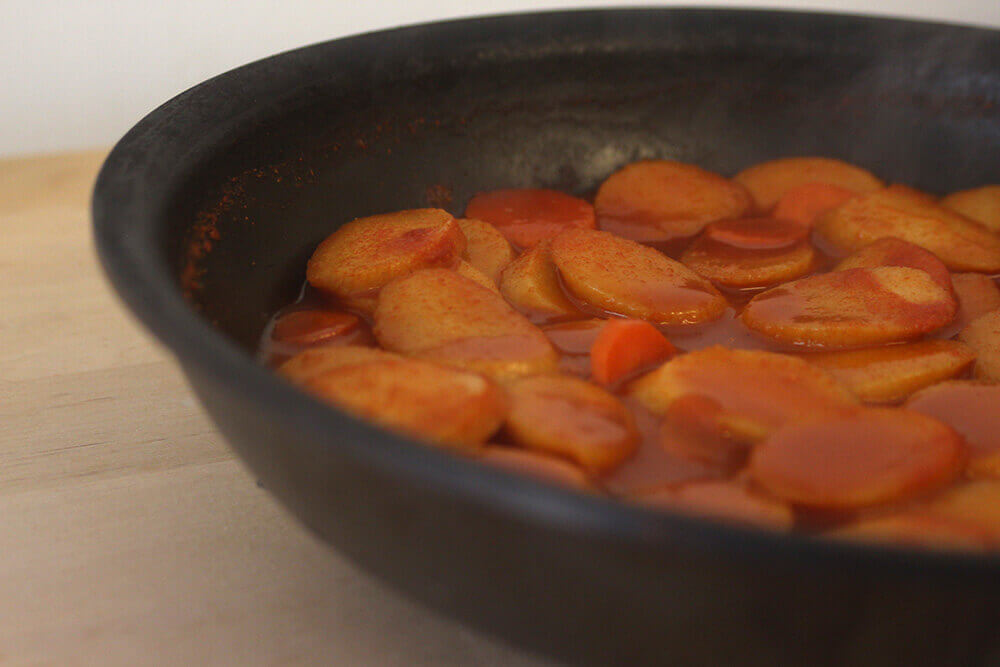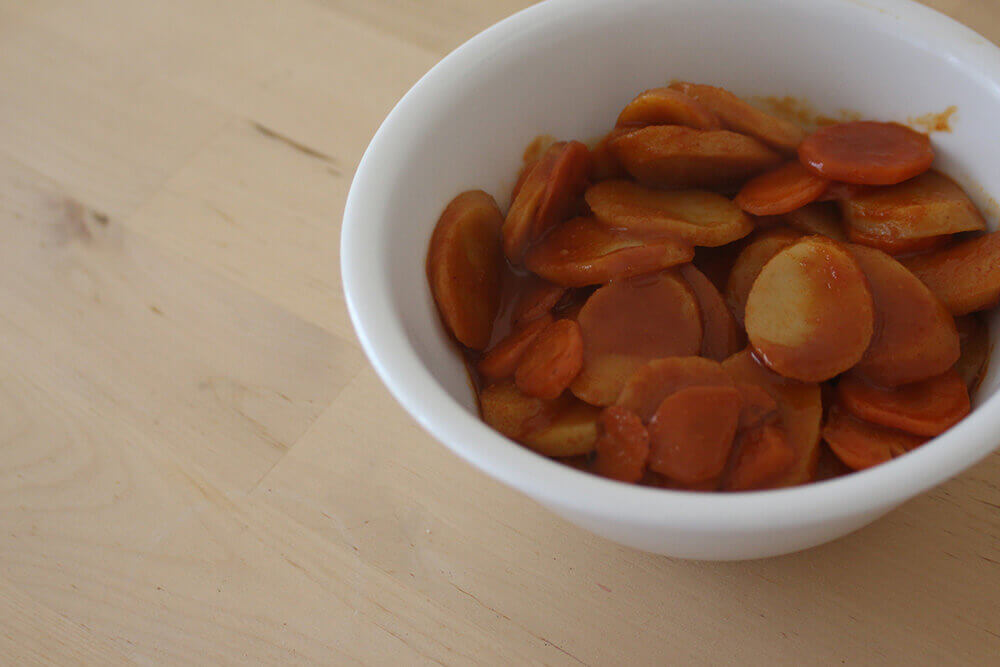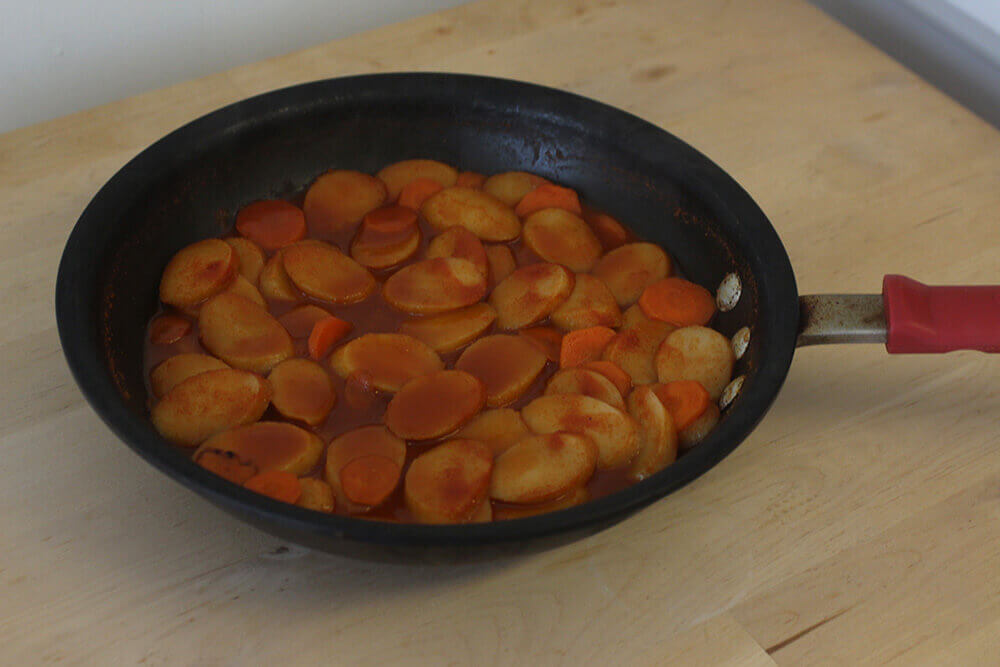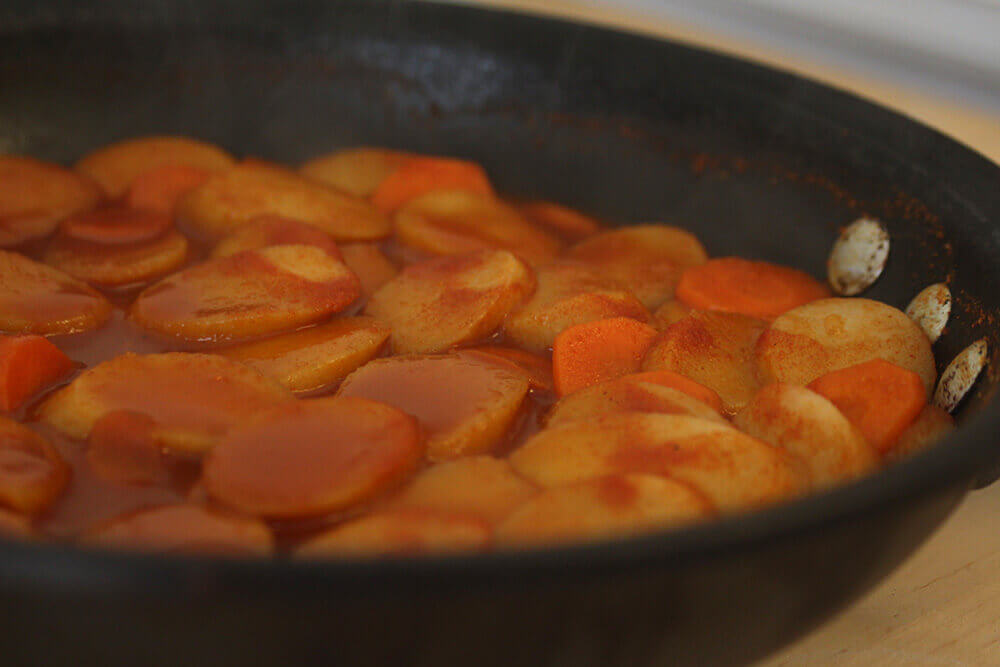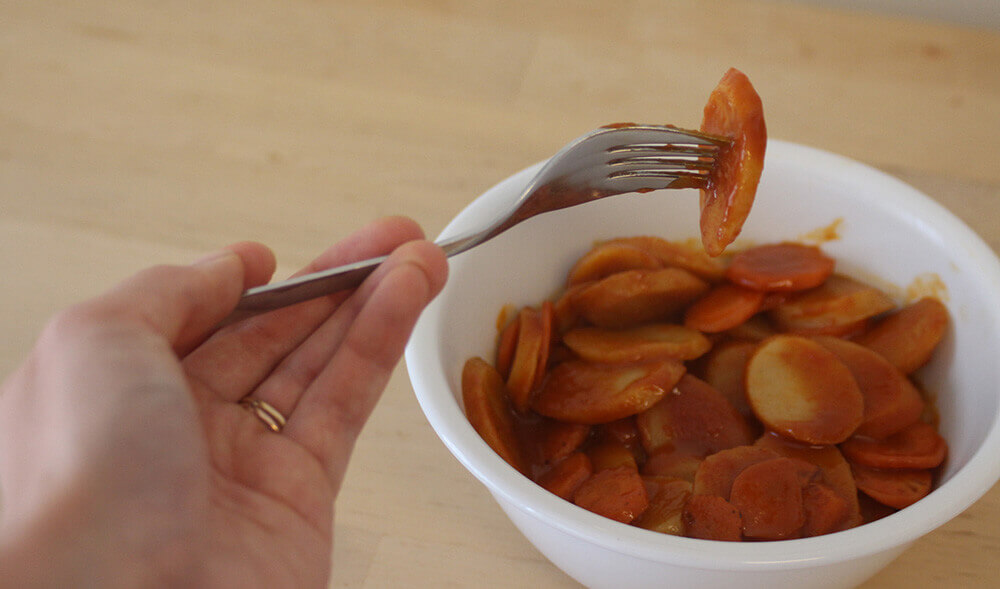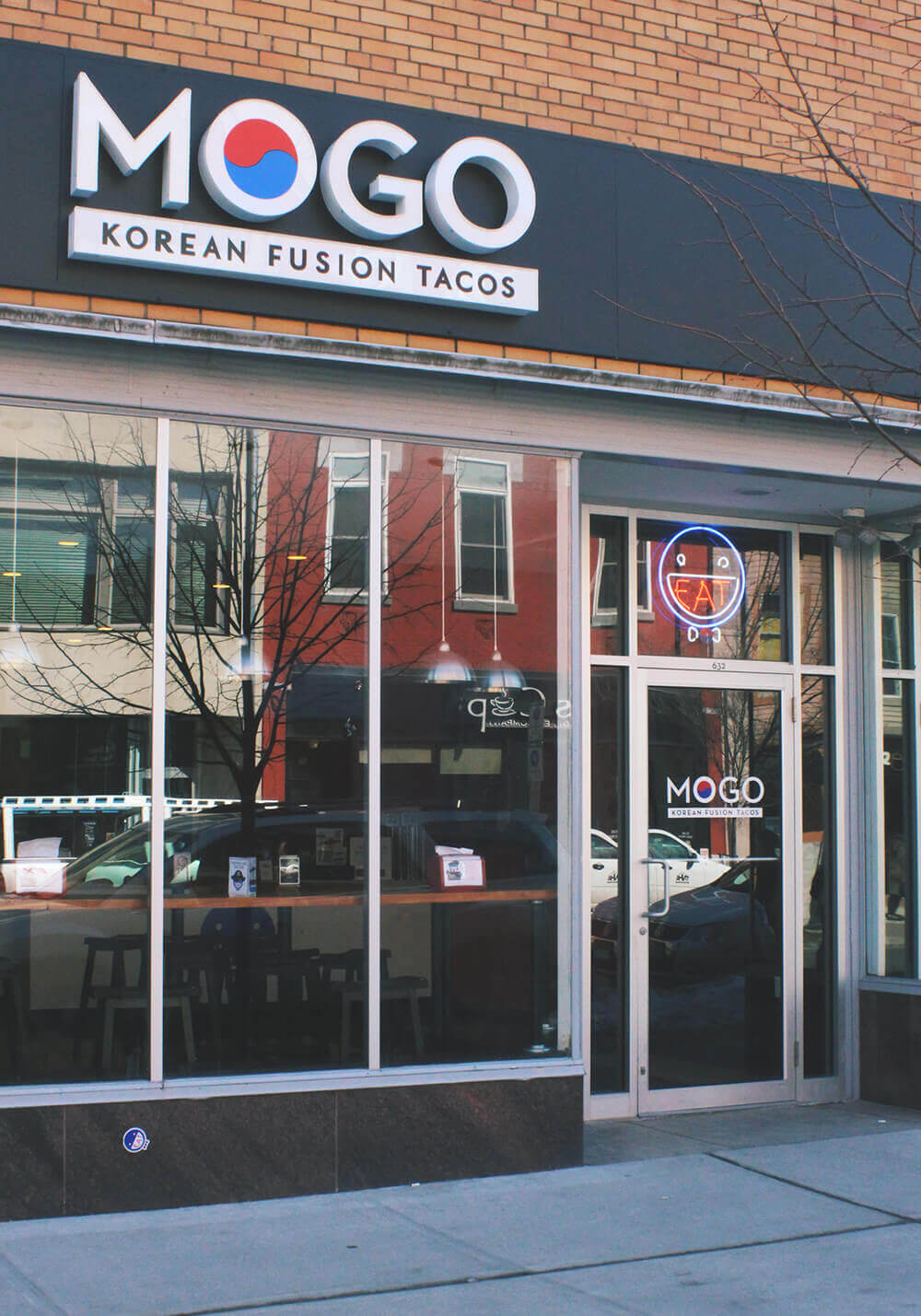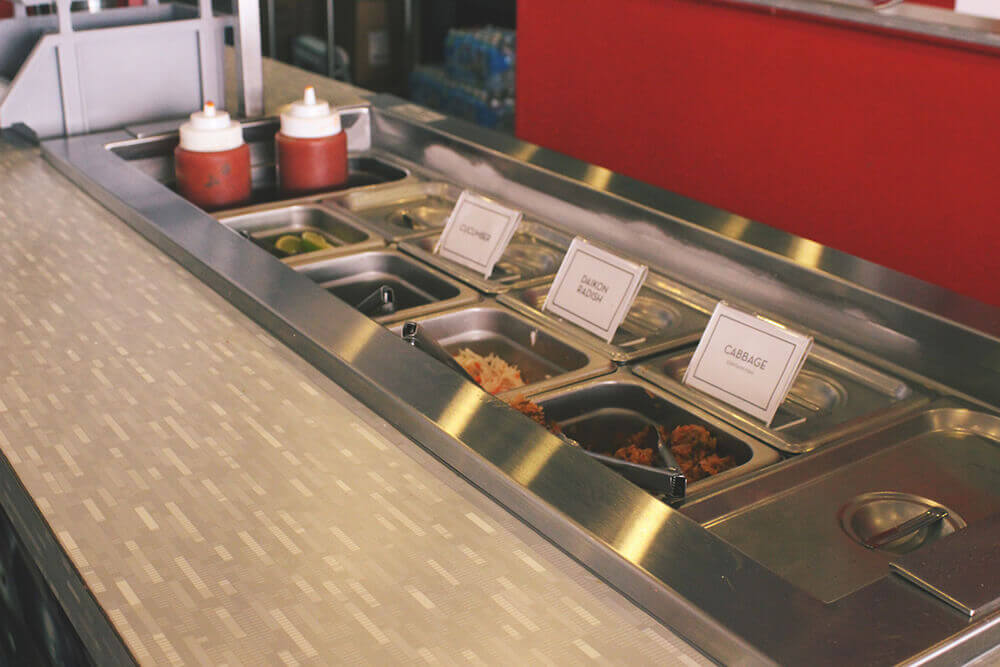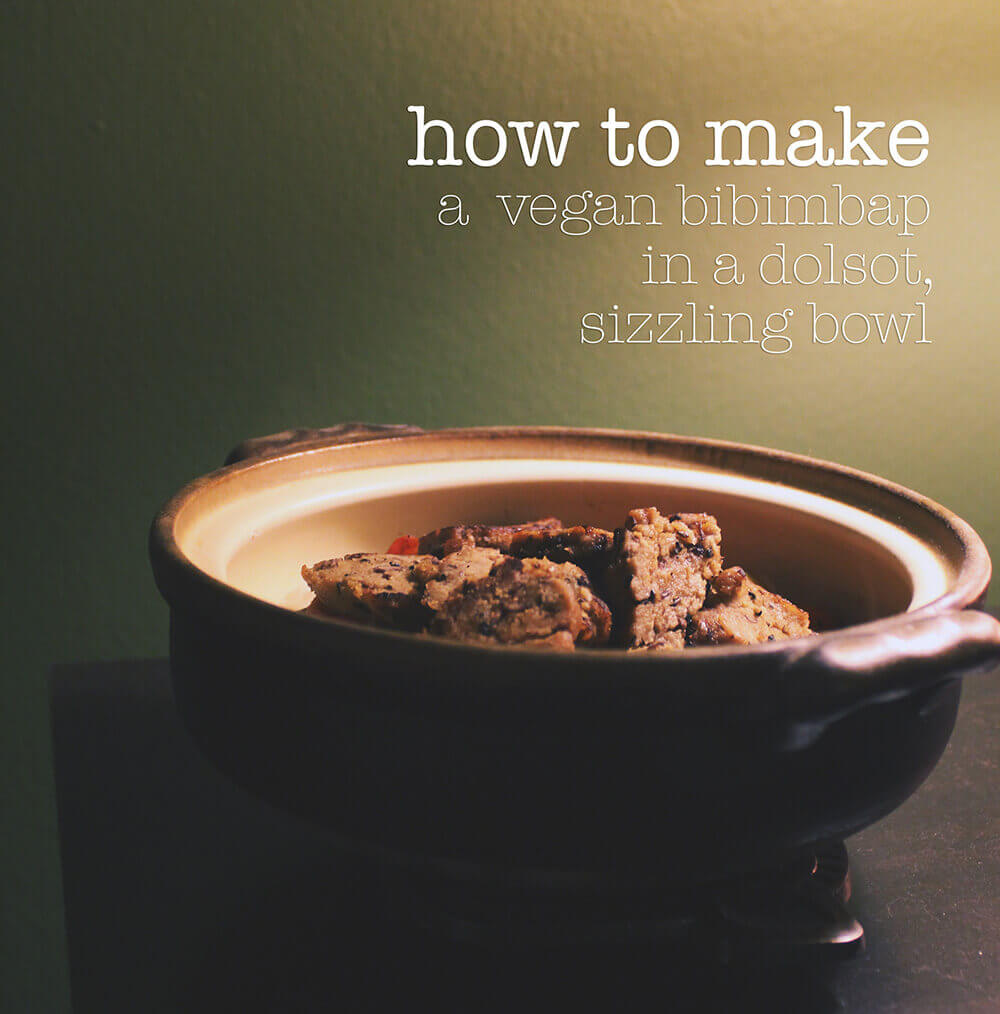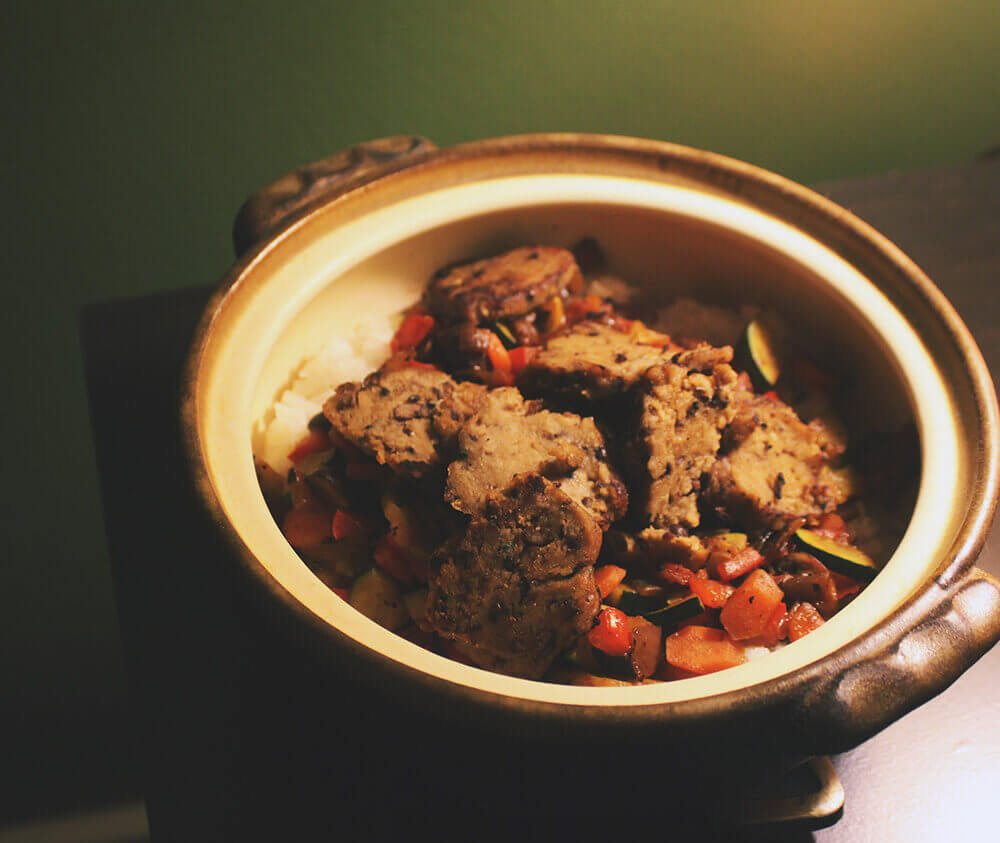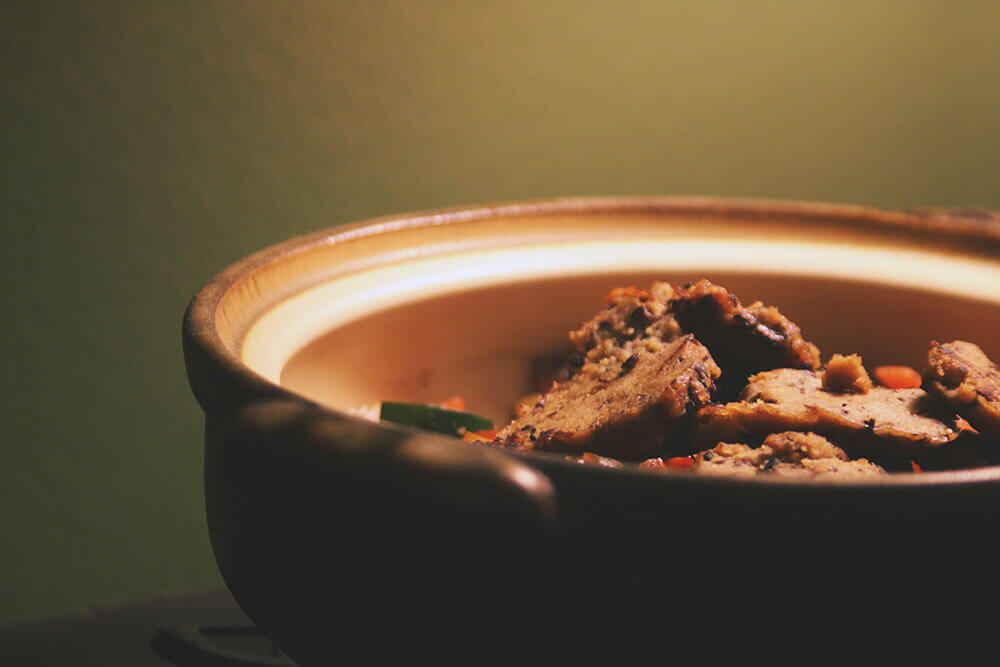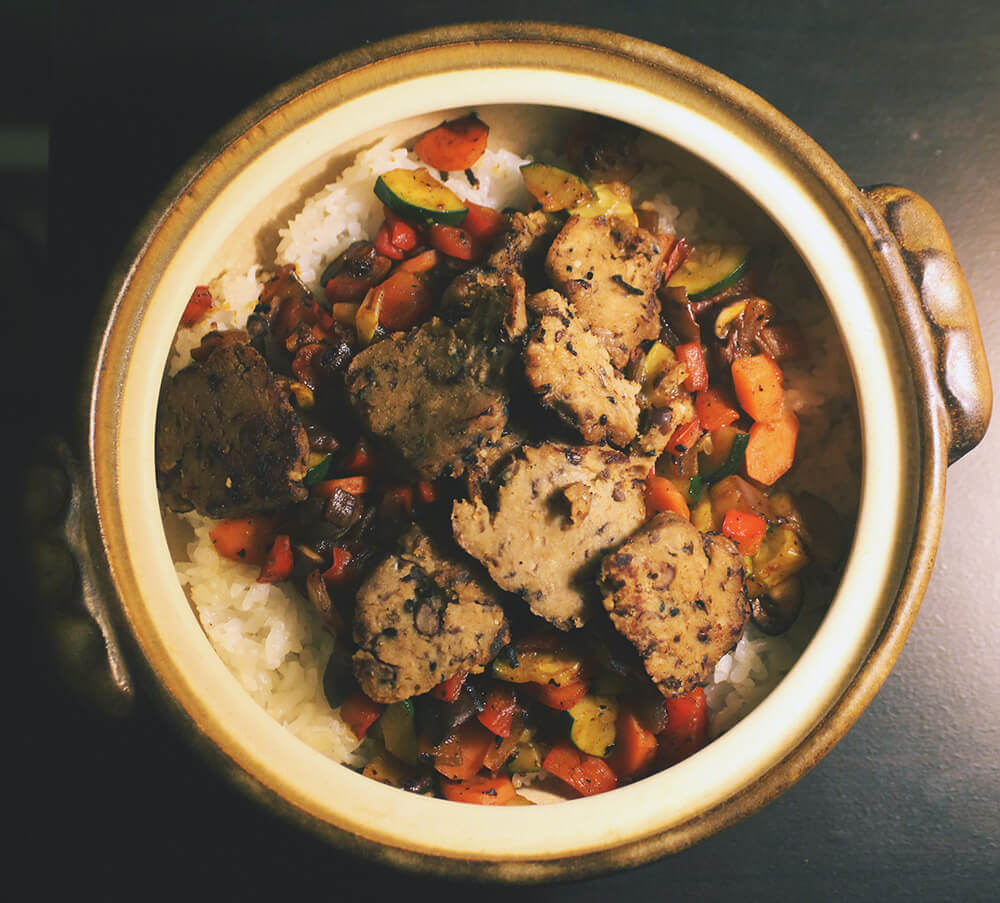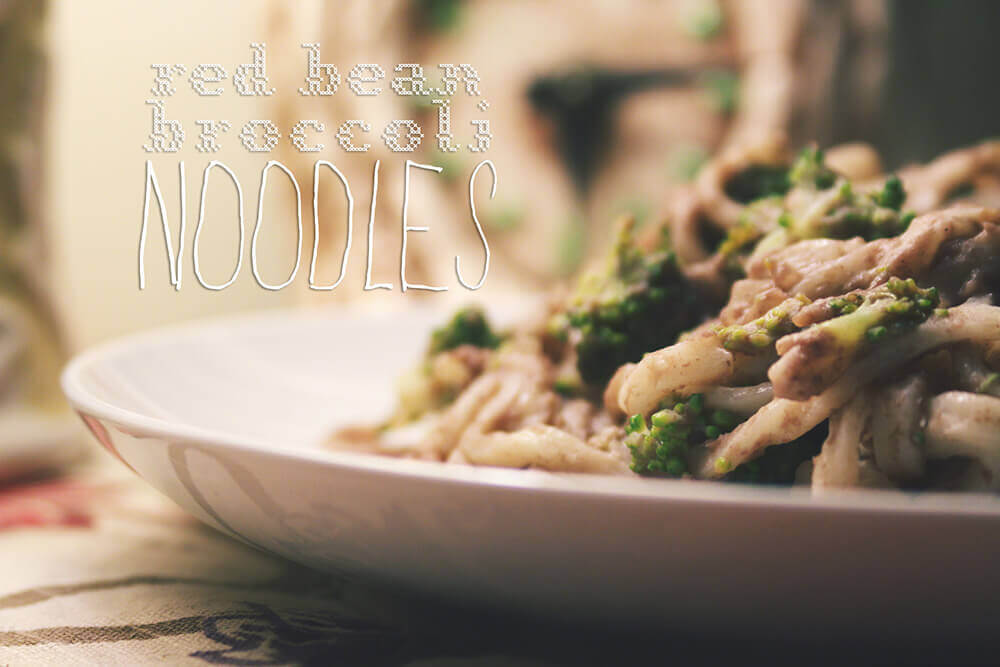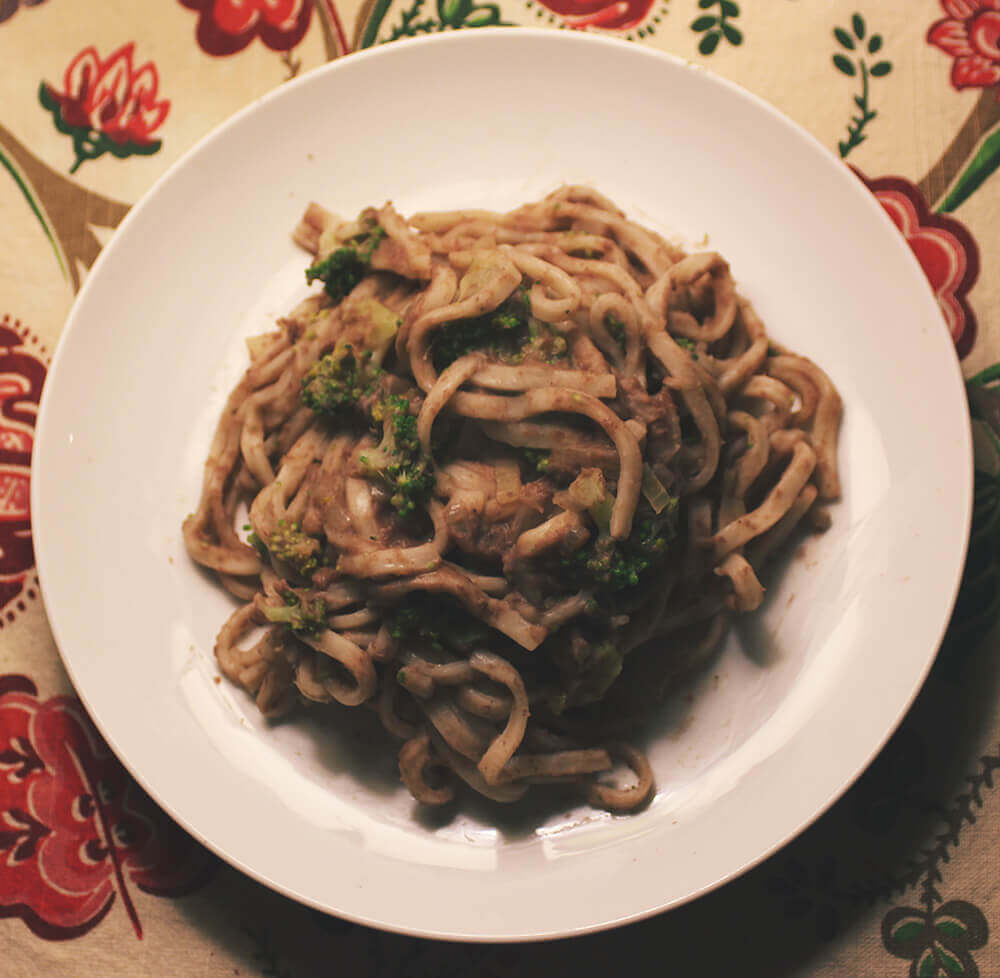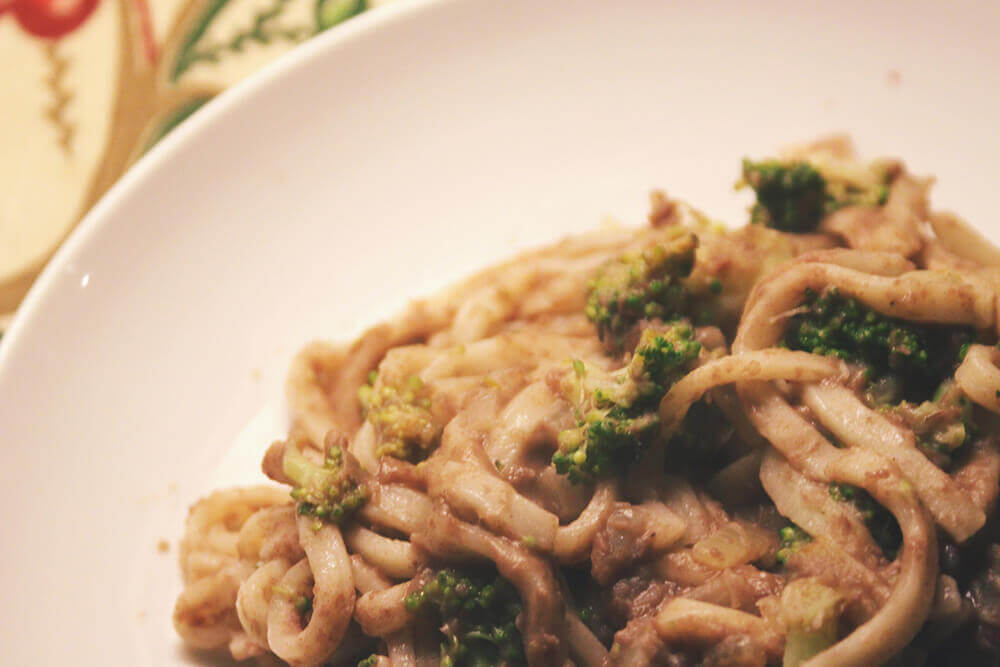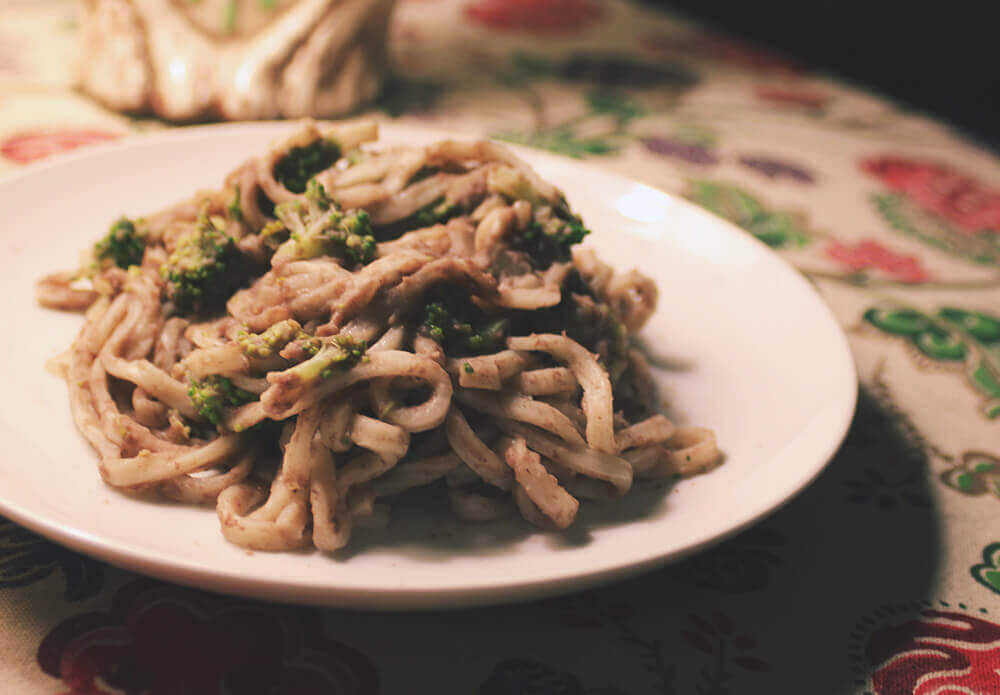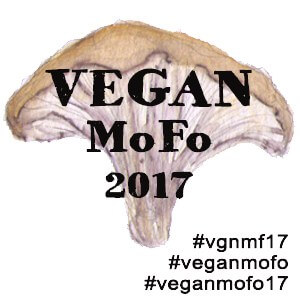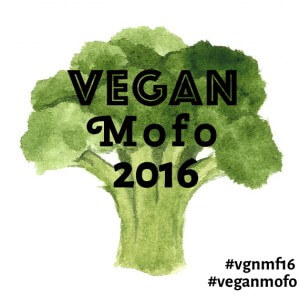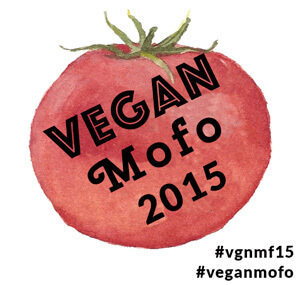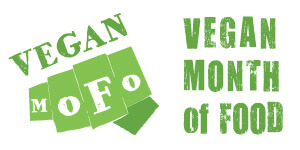February 11, 2015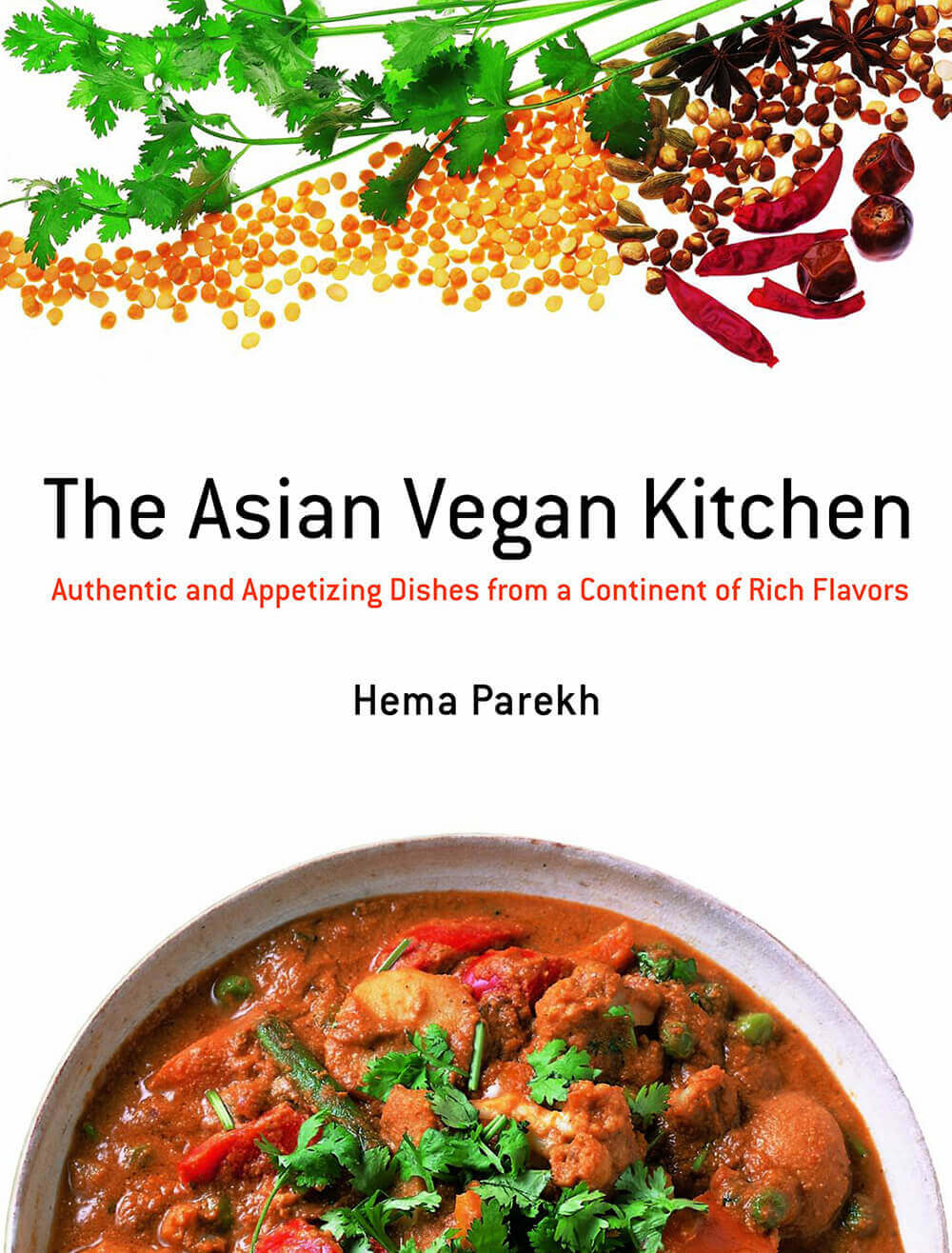
Shop on Amazon or Barnes and Noble
I received this book as a Christmas gift. It seemed like a well thought out gift since I love Asian cuisine and I am a vegan. I was pretty excited about the book since it featured recipes outside of popular regions. Hema Parekh reaches out further than India, Japan, and China and puts recipes from Burma, Malaysia, Vietnam, and South Korea. Parekh writes about how she got married and moved out of India to Japan, where she learned to cook. The book is a mixed bag of emotions for me, as I feel like there could of been so much potential for it.
Photos
All the photos are clustered in the middle of the book. I hate this sort of set up, especially since the book is divided by country instead of food “types.” The style of photography is very outdated, all the dishes have clay-red hue. I don’t think there was a photo that I saw and thought- that’s what I want to try and make.
I wish there were more photos as most cookbooks featuring specific regions of cooking have recipes for dishes I’ve never heard of. So having a photo would help me visualize what the end result should look like. This particularly important for dishes where presentation is very important like dumplings and Japanese cuisine.
Set-up
I can’t help but compare this book to Vegan Eats World by Terry Hope Romero. Terry features cuisine from a larger range of countries, and organizes all the recipes by styles, soups, salads, curries/stews, etc, etc. Parekh on the other hand groups all the recipes by nations, then divides them up by style. So there would be a chapter from India, then listed in that chapter would be soups, desserts, curries, rice, etc. In some ways it is an easier for planning dinners, in other ways it is hard to search around. Especially since many dishes overlap each other. Dumplings are eaten outside of China, so if I was planning a meal I could include them as a side for most dinners.
The book has an introduction but only as a way for the author to say hello. She jumps into the recipes, which would be find if the purpose of the book was not to teach a new cuisine. It would of been nice to have an overview of the ingredients, subtle differences between noodles, and rice types over the countries. There is an ingredients reference at the end of the book, but I didn’t find it till I got towards the end. If anything she could of put page numbers next to ingredients to help guide readers.
The visual representations of the recipes is okay. Since the photos aren’t set up next to the recipes it can be a little frustrating and demanding of the imagination of the reader. The text for the ingredients are small, making it harder to try and piece together the end result.
Writing
There is a lot of confusion in the book, much of it is cultural. Parekh is writing as an Indian living in Japan, which makes the translated names of the dishes confusing. She lists the dish as an English translation, then puts the original name in small text next to it. For example samosas are listed as Crispy Pumpkin Turnovers (the recipe mentions how they normally made with potatoes, not pumpkin) This translation problem continues with ingredients and dishes as she mentions the japanese translation over the English. The most obvious example is that she gives a recipe for Chinese dumplings, but lists them as “gyoza.” This isn’t a problem if you know some Japanese cuisine, but most American’s would recognize dumpling over gyoza.
Aside from the cultural issues, I’ve spotted several spelling/typing errors. There are even issues with recipes, as she leaves out when to add ingredients to recipes. These are not issues that only happened once, but several times. Clearly this was a rushed publication.
Overview
Parekh’s life story seems to shape the outcome of the book. There is a large bias for Indian and Japanese food. Those two chapters make up at least half of the recipes, pushing the other nations into weak collections. This bias extends to the ingredients, listing them under their Japanese names. For example many of the noodle listed for China are of Japanese styled noodles. Yes, there is style overlapping, and some differences. But the point is that if you are making a Chinese sesame noodle, it probably doesn’t call for udon noodles.
This naturally creates confusion for the book. This is a book written by a woman in Japan, for people who probably don’t live in Asia. Some ingredients are going to be easy to find, some will not be. Because of this reason it would be extremely helpful to have a very detailed ingredients guide. Going into detail about common ingredients, and what would be good replacements. Some recipes already do this, some don’t. It also worth mentioning that I live in a culturally diverse area, I live near a Korean, South East Asian, and Indian market. I am sure there are more ethnic markets, I just never found them yet. Some ingredients are hard to find, or are very seasonal.
My other problem with the book is that is wavers back and forth from super authentic to completely not. I have no problem from straying away from tradition and giving a fun twist to a recipe. But in some ways it seems that Parekh doesn’t change things in ways that could honestly make them better. There isn’t ANY innovations to try and add more flavors. Many of us know that Asian cooking use fish and meat by products (think oyster sauce). Parekh seems to take a recipe, remove the offending ingredients, like maybe fish sauce, and calls it quits. This leaves many bland recipes. Nor does Parekh seem fully educated about vegan products, listing one recipes with worcestershire sauce, which contains anchovies. Yes there are vegan versions, but they aren’t common.
I have to say I am sorely disappointed with this cookbook. It was rushed, and I am unsure of who the audience is. Is it for people who live in Asia with easy access to the ingredients? Or is it for anyone, anywhere in the world? I can say there I found some inspiration in the recipes, but mostly because I wanted to make them taste better. All dishes seemed pretty bland and relied heavily on fats, which I am not particularly fond of.
Recipes
This cookbook I tried my best to pick at least on recipe from each country spotlighted in the book. Since there were a lot of recipes featured from Japan and India, there is naturally more recipes tested from those countries.
Continue reading →
Posted by Jennifer in Book Review, Reviews Tags: Asian, book review, Burmese, chinese, cookbook, cookbook review, Hema Parekh, India, indonesian, japanese, korean, Malaysian, The Asian Vegan Kitchen, vegan, Vietnamese
